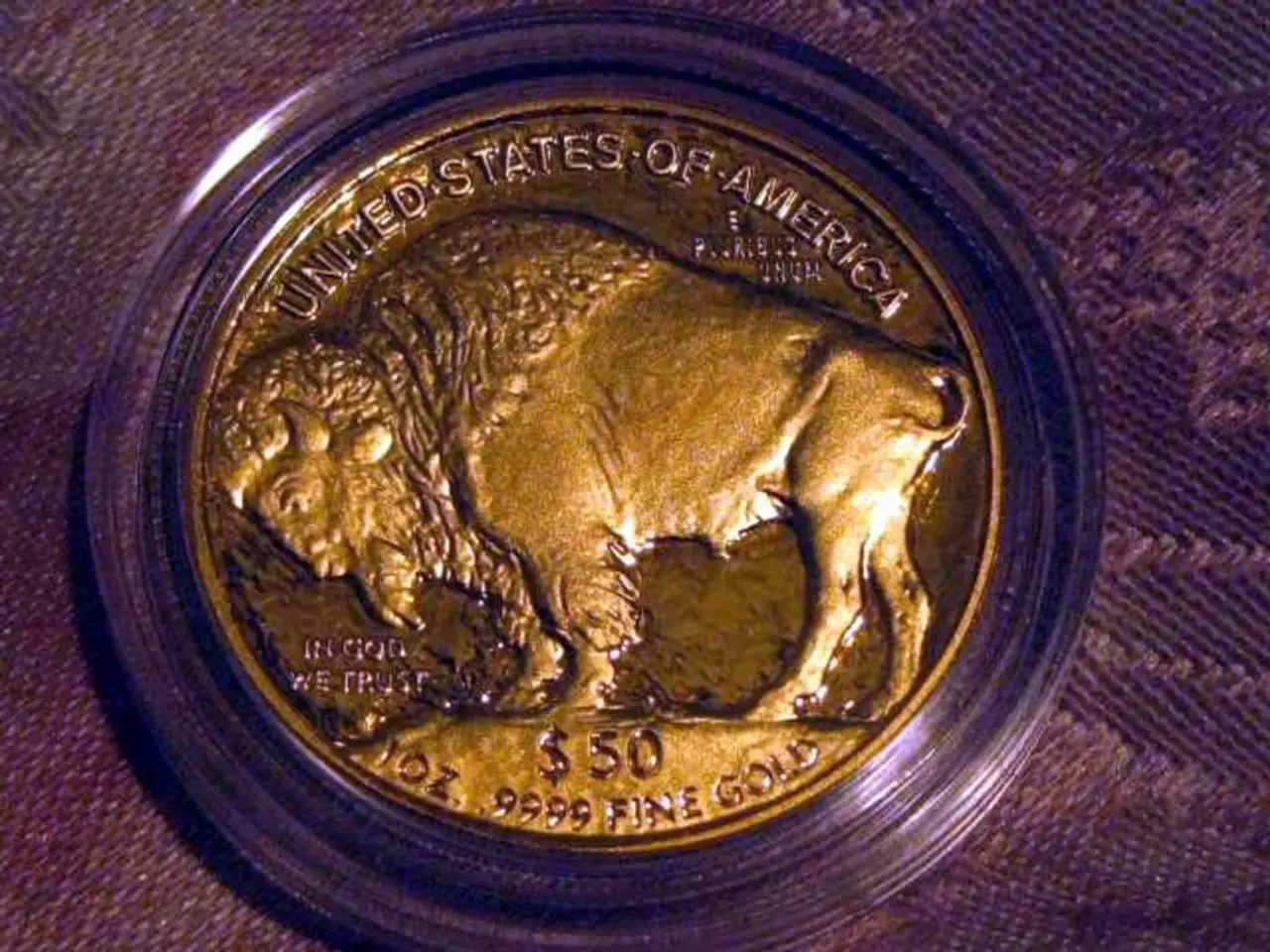Future Surveillance of Biowaste by the Commission
In an effort to improve the quality of biowaste and promote environmentally friendly practices, the waste management department in Pforzheim is implementing new measures to reduce contamination by foreign substances like plastics.
The department has launched an information campaign a year ago, which is now being supplemented with electronic means, to educate citizens on the importance of keeping plastic out of compost and the benefits of proper waste management.
One of the key initiatives is the introduction of an automatic camera system, designed to monitor biowaste for contaminants. The recognition system, which will be implemented by C-Trace, Veolia, Axians ATHOS, and the waste management department in Pforzheim, uses artificial intelligence to identify contaminants like plastic bags and glass during biowaste collection.
Jürgen Förschler, head of technical services, stated that the goal is not to focus on tiny pieces of plastic accidentally ending up in the bin, but rather to sensitize citizens to the topic of biowaste and reduce contamination.
To effectively dispose of biowaste without using plastic bags or biodegradable plastic bags, here are some best practices:
1. Use compostable liners or none at all: If liners are necessary, opt for fully compostable liners that are certified by organizations like the Compostable Products Institute. Alternatively, use no liners at all and wash the bin regularly to prevent residue buildup.
2. Composting Infrastructure: Ensure that composting facilities can handle food waste without the need for bags. Support local infrastructure that separates and processes organic waste efficiently.
3. Education and Awareness: Educate the public about the importance of keeping plastic out of compost and the benefits of proper waste management. Encourage community participation in maintaining clean and effective waste management systems.
4. Mechanical Separation Techniques: Implement mechanical systems that can efficiently separate organic waste from any plastic or other contaminants before composting.
5. Policy and Regulation: Advocate for policies that discourage the use of non-compostable plastics in biowaste management. Support regulations that require industries to use sustainable packaging materials.
Biowaste should be collected loosely in a container and emptied directly into the biowaste bin without plastic bags or biodegradable plastic bags. Biodegradable bags are considered foreign substances in the composting and fermentation process and must be removed laboriously.
Organic waste in Pforzheim is collected using biowaste bins, and the city has an organic waste disposal system for households. On average, 40% of household waste in Pforzheim is organic waste. The aim of the new measures is to improve the quality of biowaste in Pforzheim and promote more environmentally friendly waste management processes.
The automatic camera system, implemented by C-Trace, Veolia, Axians ATHOS, and the waste management department in Pforzheim, uses artificial intelligence to identify contaminants in biowaste, such as plastic bags and glass. The introduction of this technology is a part of the department's efforts to reduce contamination and improve the quality of biowaste, which is crucial for environmental-science and sustainable technology practices.




